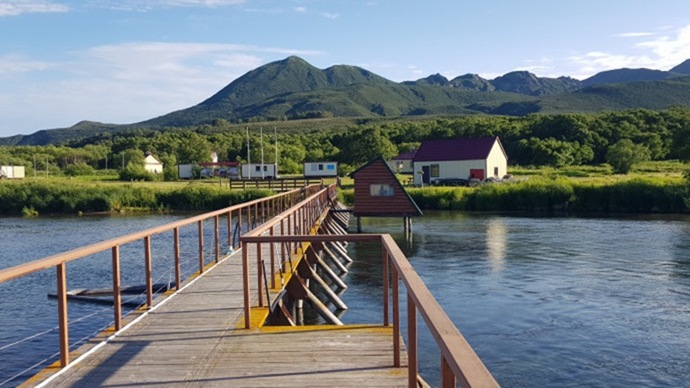In Kamchatka, scientists are embarking on a new stage of monitoring one of the key salmon species, the Ozernovsky sockeye salmon. Specialists of the Kamchatka branch of the All-Russian Scientific Research Institute of Fisheries and Oceanography (KamchatNIRO) are testing an advanced technology for estimating the abundance of this valuable fish using an artificial neural network.

Work on the implementation of an automated accounting system has been deployed at the fish accounting barrier (RUZ) at the source of the Ozernaya River. This place has a rich history: continuous observations and counting of sockeye salmon have been conducted here for more than eight decades, providing invaluable data for science and the fishing industry. In 2024, a specialized model was created based on a large array of accumulated data processed by machine learning methods. This neural network is capable of detecting and recognizing spawning sockeye salmon with high accuracy both in static photographs and in streaming video.
Based on this model, a unique algorithm has been developed that counts fish passing through the fence in real time. As explained by Olga Zikunova, head of the Kamchatka Salmon Laboratory, the deployment of an artificial intelligence system for analyzing video images from cameras in the Republic of Uzbekistan will fully automate the process of identifying and accounting sockeye salmon. This will eliminate the human factor and possible inaccuracies associated with it, which is critically important for an objective assessment of the state of the population and forecasting its dynamics.
The introduction of such technology will not only increase the accuracy of data, but also free up the time of researchers for other important research aimed at the conservation and rational use of Kamchatka’s aquatic biological resources. The successful application of artificial intelligence in this area can become an example for other regions and fish species, contributing to more efficient management of natural resources.